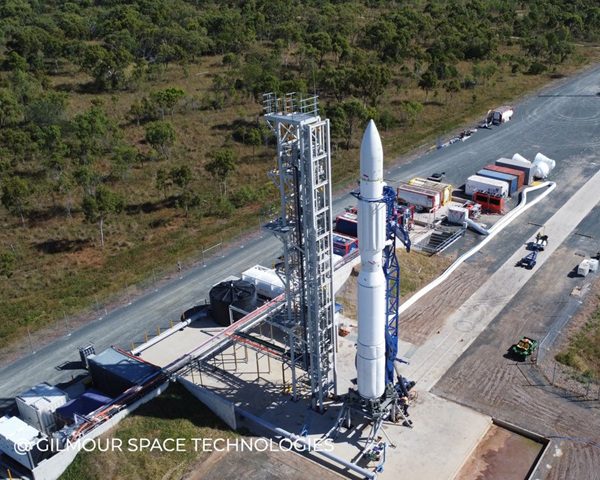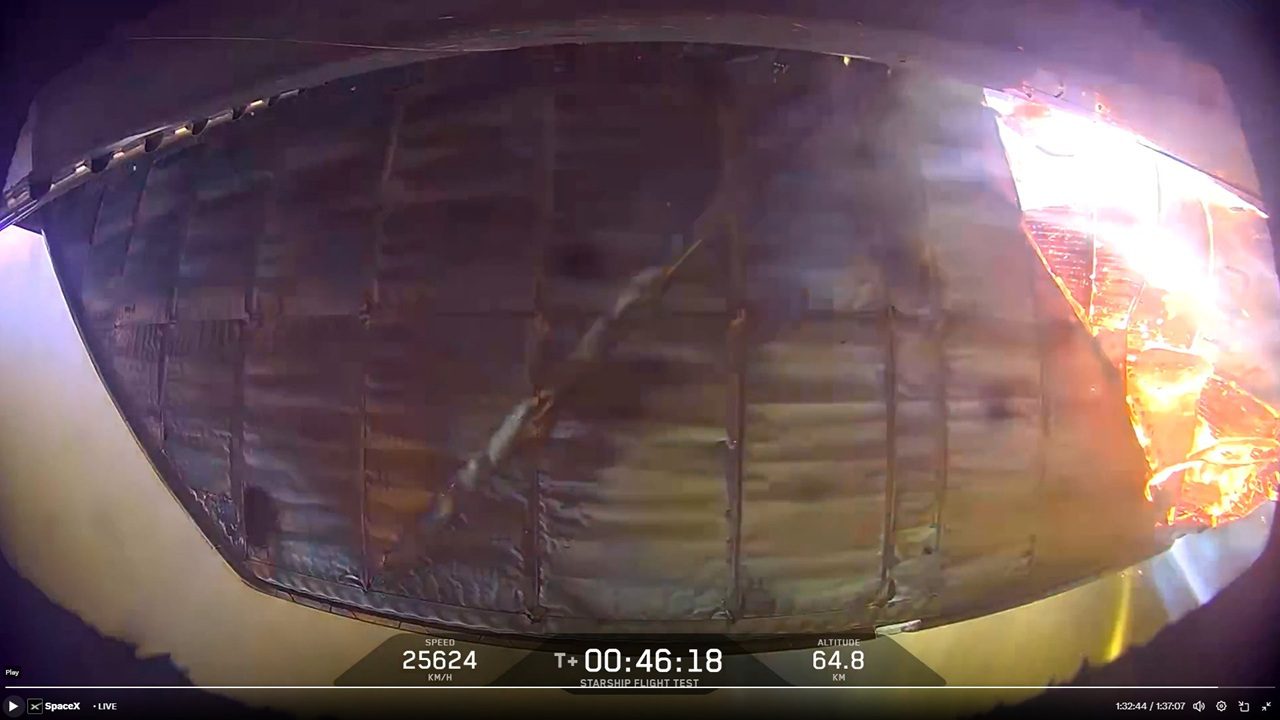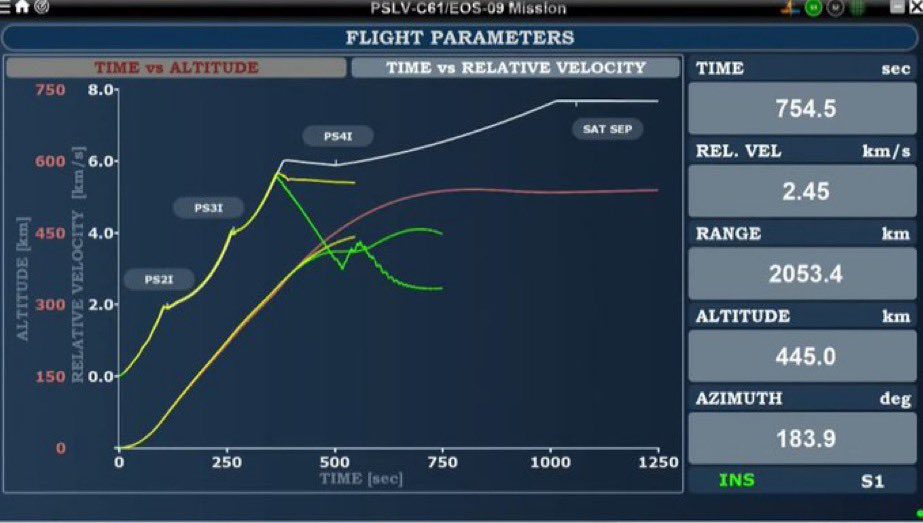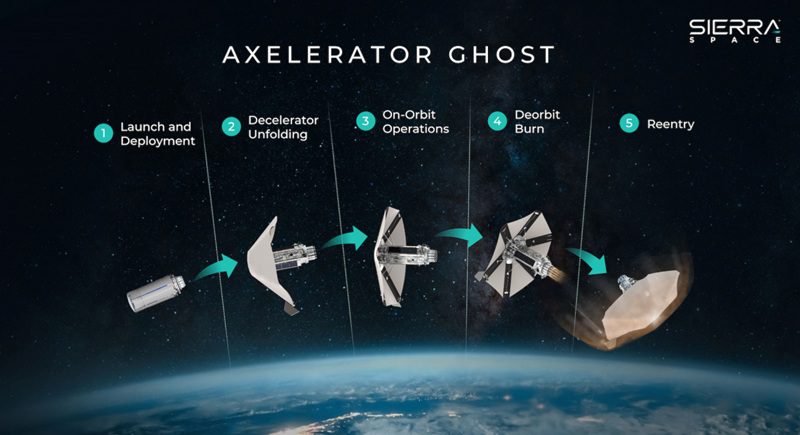An LVM3-2 (GSLV 3-2) rocket successfully launched the Chandrayaan-3 mission from the Sriharikota (Satish Dhawan Space Centre), India, at 0905 GMT on 14 July. The ISRO (Indian Space Research Organisation) mission consisted of a propulsion module, lunar lander and lunar rover. The joint assembly was released in its initial Earth orbit at 0921 GMT. From there it was due to raise itself towards the Moon via the propulsion module to eventually achieve a 100 km lunar orbit and deploy the Lander/Rover configuration for its landing on 23 August. If successful, the landing will make India the fourth nation after the US, the former Soviet Union and China to land a spacecraft on the Moon.
Update on 15 July 2023: Indian Space Research Organisation (ISRO) – India’s space agency – confirmed that the Chandrayaan-3 mission made its first orbit raising manoeuvre as part of its slow ascent to the Moon.
Update on 1 August 2023: ISRO confirmed that after a series of orbit raising manoeuvres over previous days, a final TLI (Trans Lunar Injection) had been achieved by Chandrayaan 3 on 1 August 2023.
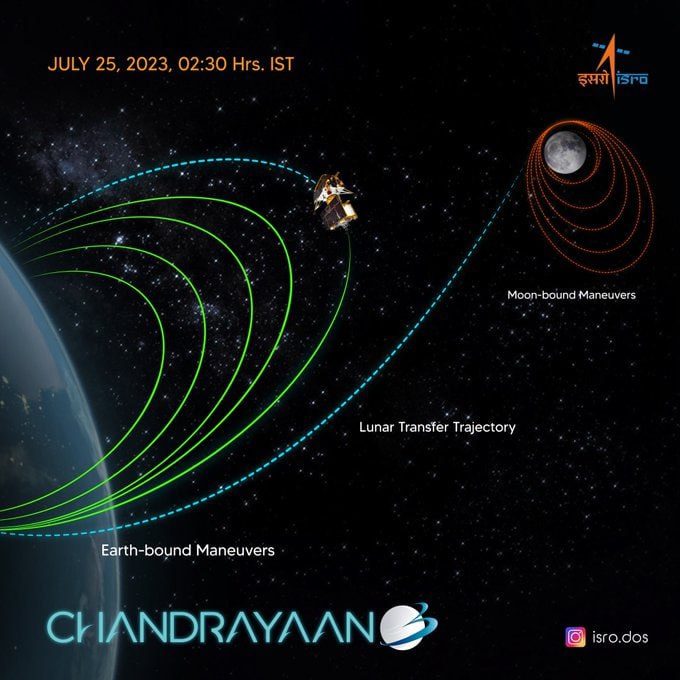
Diagram of Chandrayaan-3 mission’s slow orbit raising to the Moon. Courtesy: ISRO
The Chandrayaan 3 lunar lander is targeted to land at 69.367621 S, 32.348126 E – a site of scientific interest with craters in permanent shadow and possible water deposits. The propulsion module contains the Spectro-polarimetry of Habitable Planet Earth (SHAPE) payload to study the spectral and Polari metric measurements of Earth from the lunar orbit.
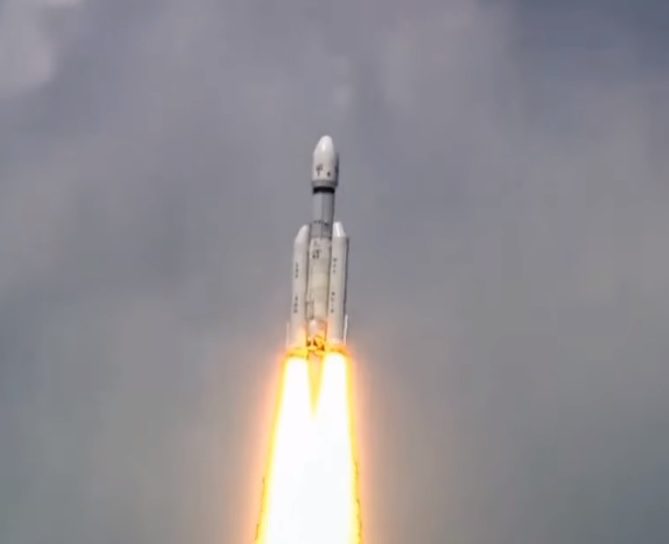
Lift-off of Chandrayaan-3 Moon mission. Courtesy: ISRO
The lander carries, along with the Lunar Rover, three payloads: RAMBHA-LP – Langmuir Probe – to measure the near surface plasma (ions and electrons) density and its changes over time; ChaSTE – Chandra’s Surface Thermophysical Experiment – to measure thermal properties of the lunar surface near the polar region; and ILSA – Instrument for Lunar Seismic Activity – to measure seismicity around the landing site and delineate the structure of the lunar crust and mantle. The lander also carries an LRA – Laser Retro-reflector Array – a passive instrument that provides a target for precision laser ranging from a spacecraft in lunar orbit.
The Chandrayaan has two payloads: APXS – Alpha Particle X-Ray Spectrometer – to analyse chemical composition and infer mineralogical composition to improve understanding of the lunar surface; and LIBS – Laser Induced Breakdown Spectroscope – to determine the elemental composition (Mg, Al, Si, K, Ca,Ti, Fe) of lunar soil and rocks around the lunar landing site.
David Todd contributed to this story.



